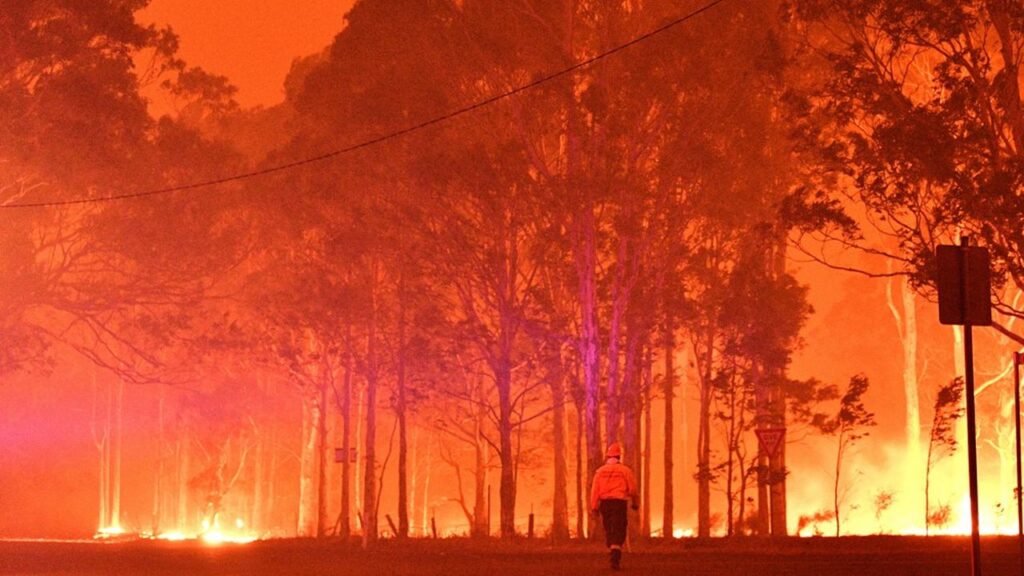Wildfires, exacerbated by climate change, represent a growing threat to air quality, particularly in the Northeastern United States. These natural disasters lead to a massive release of toxic particles into the atmosphere, affecting not only public health but also the environment and local climate. By increasing the concentration of pollutants in the air, wildfires exacerbate respiratory, cardiovascular, and other diseases, highlighting the importance of analyzing and understanding these harmful effects. This phenomenon requires special attention to develop mitigation strategies and protect the health of exposed populations.
Increase in Toxic Particles

Rutgers researchers examined the particulate matter emitted by a wildfire in June 2023,
which led to health advisories for over 100 million Americans in the Northeast. These climatic incidents are responsible for the rapid transmission of harmful particulate matter,
compromising air quality in densely populated areas such as New Jersey
and New York City.
Particulates and Toxic Pollutants
According to a study published in Environmental Science & Technology, researchers assessed the
physical and chemical characteristics of fire-related particles. This analysis is the
first to characterize particles from a climate-induced fire in this region. The
results show high concentrations of polycyclic aromatic hydrocarbons (PAHs),
which are carcinogenic organic compounds.
Impact on Human Health
High levels of ultrafine and fine particles exceeded national air quality standards,
reaching nearly ten times the allowed limits. These tiny particles can
penetrate deep into the lungs and cause adverse effects, worsening
respiratory and cardiovascular conditions.
Future Research and Developments
Ongoing studies at Rutgers and other institutions are examining the effects of inhaled particles
on organs such as the lungs, heart, brain, and the reproductive system. The data collected will help understand the physical and chemical processes
of pollution from wildfires compared to non-fire-related pollution.
Public Health Applications and Measures
The findings from this research can be used by public health assessors to
evaluate risks and develop strategies to protect communities,
particularly those already vulnerable to pollution.
Impact on Climate
A complementary study, led by Georgios Kelesidis, will analyze the optical properties of the particles to
understand their effect on global temperature and their additional influence on the climate
in densely populated cities. This will provide new insights into the evolving composition
of particles and their interaction with climate change.
Effects of Particles on Health
- Affected Organs:
- – Lungs
- – Heart
- Types of Particles:
- – Ultrafine
- – Fine

Grèce : les incendies de forêt se multiplient, les fumées recouvrent une partie d'Athèneshttps://t.co/db8HYcrk2I
— franceinfo (@franceinfo) August 11, 2024
Articles similaires
Thank you!
We will contact you soon.














